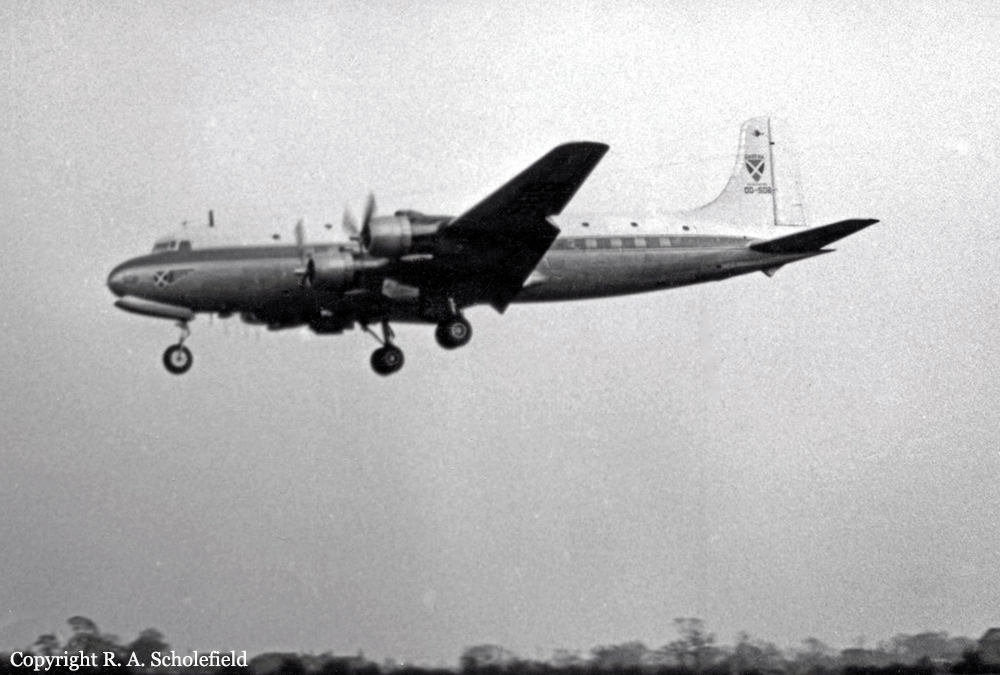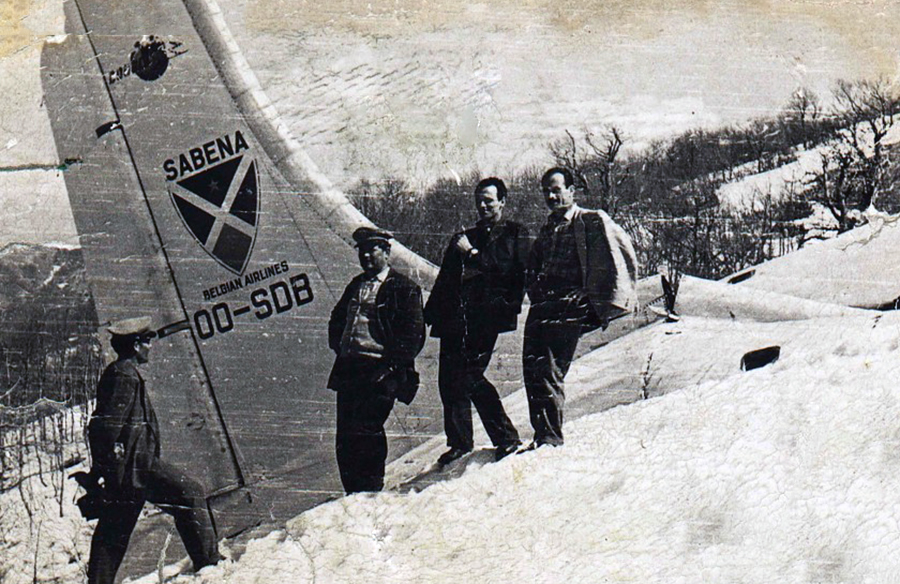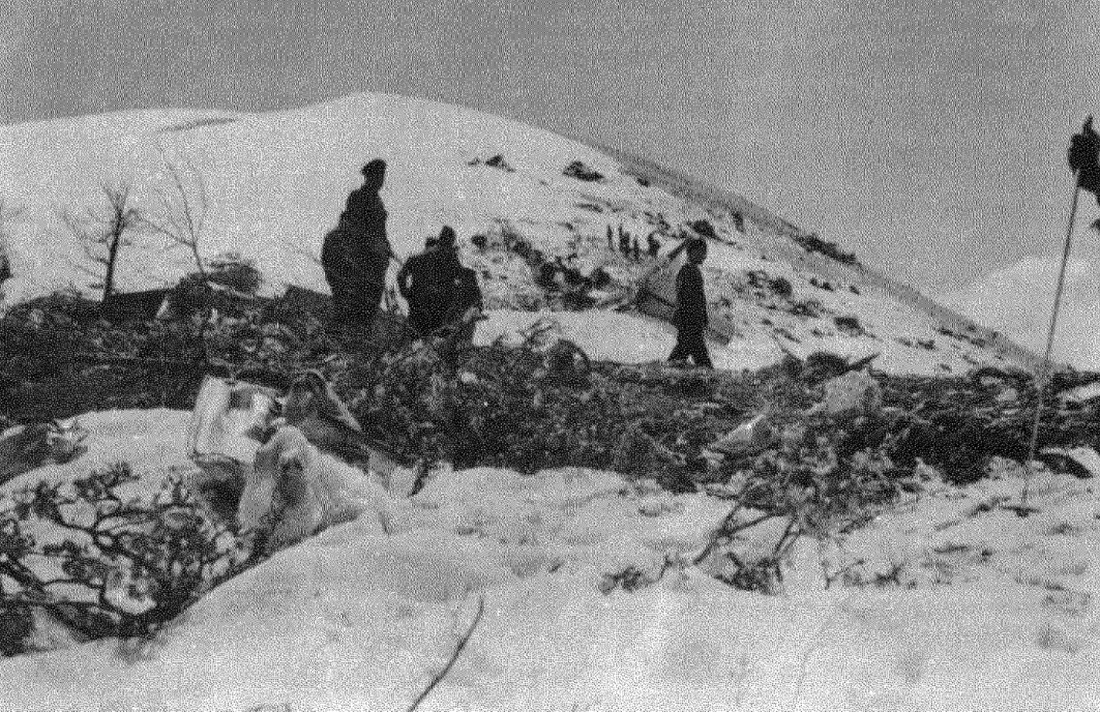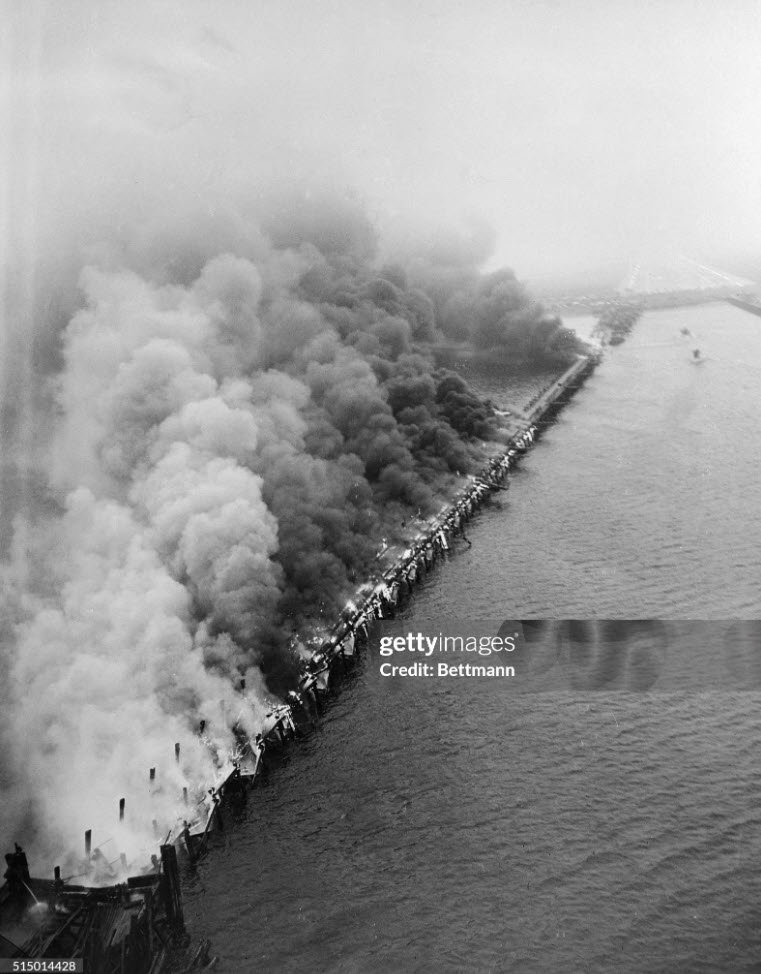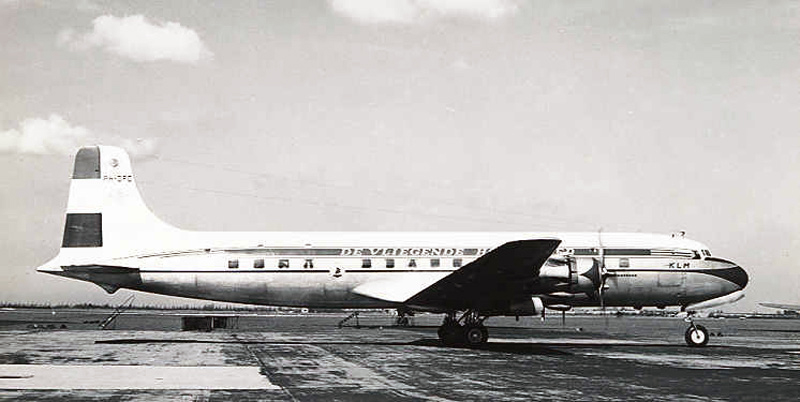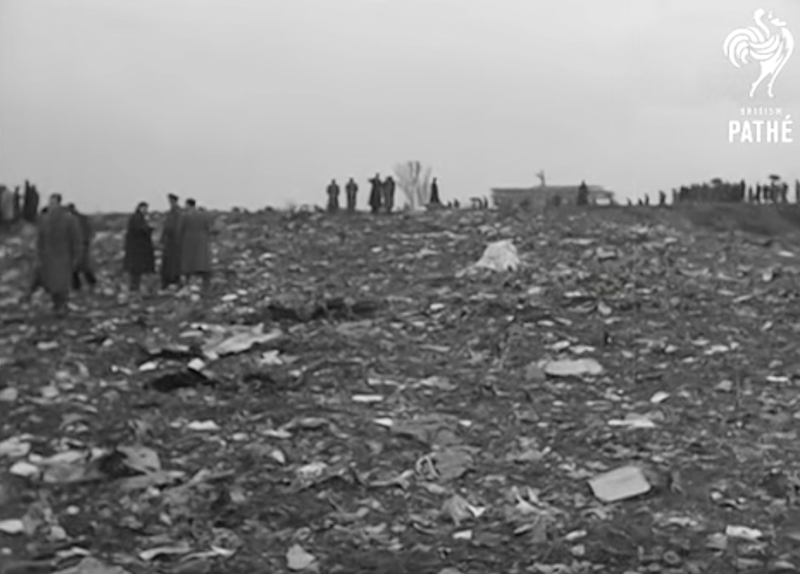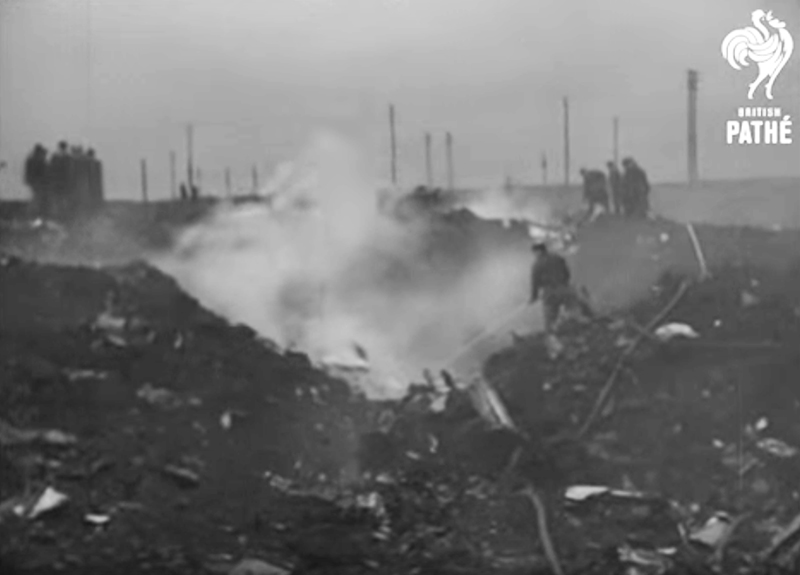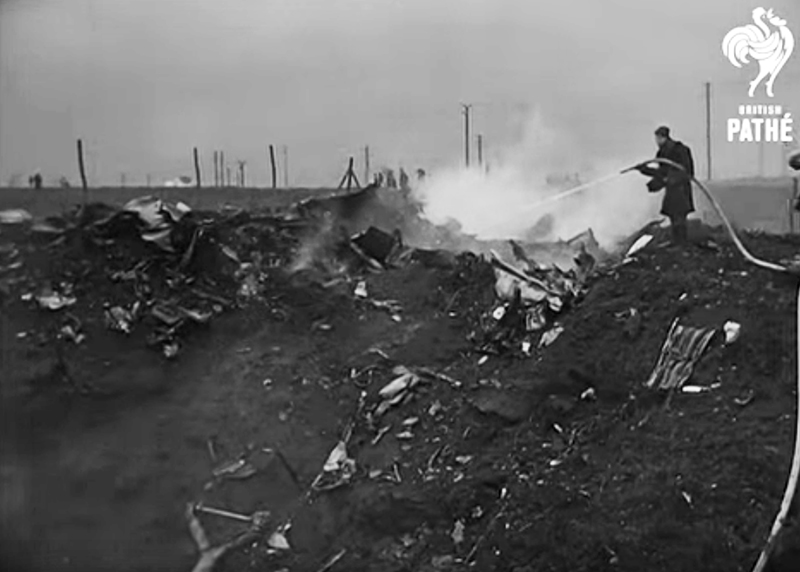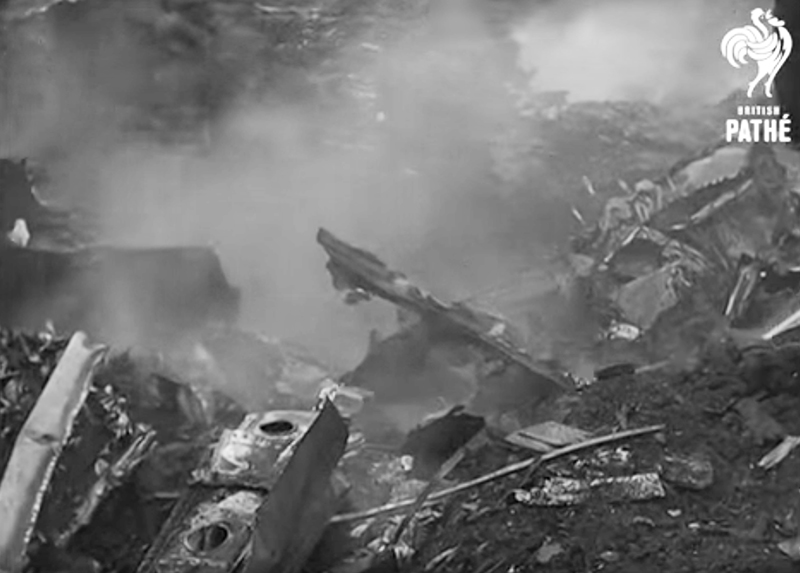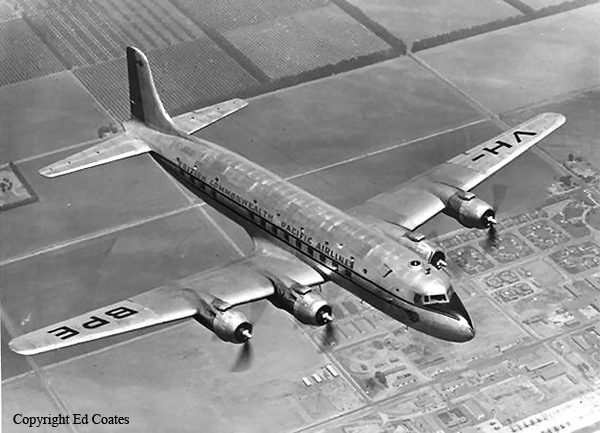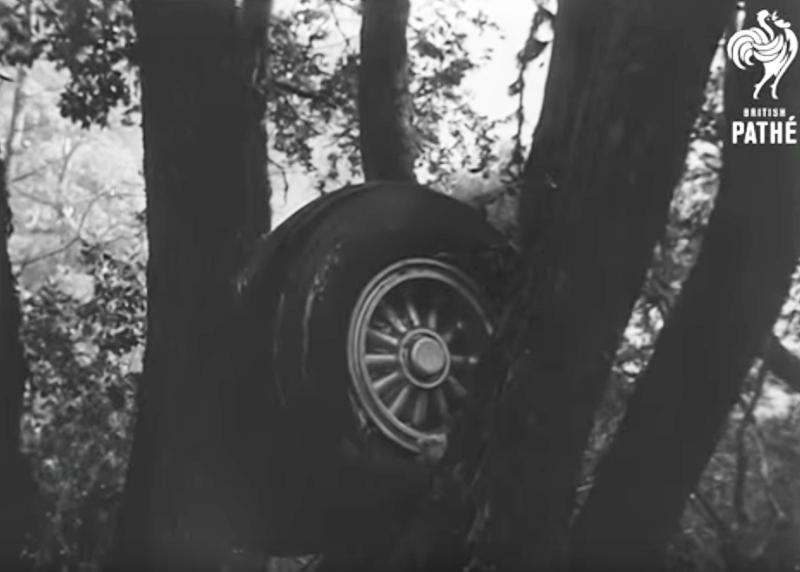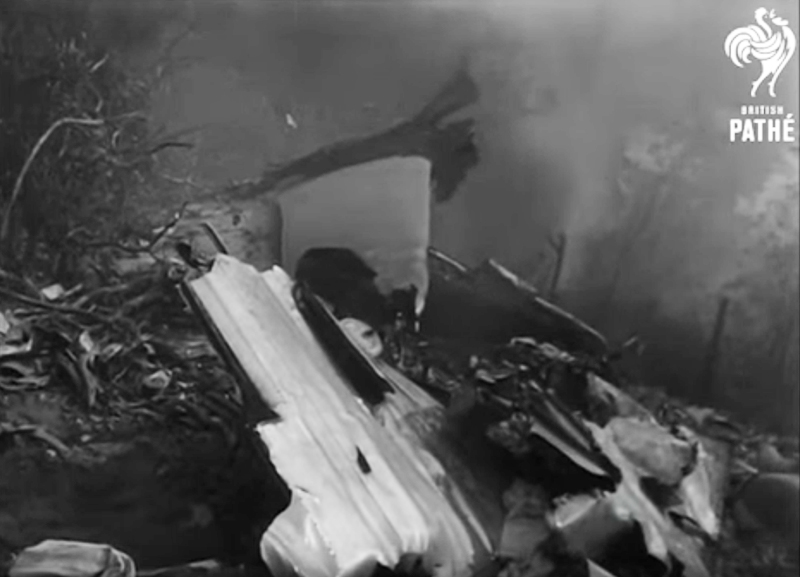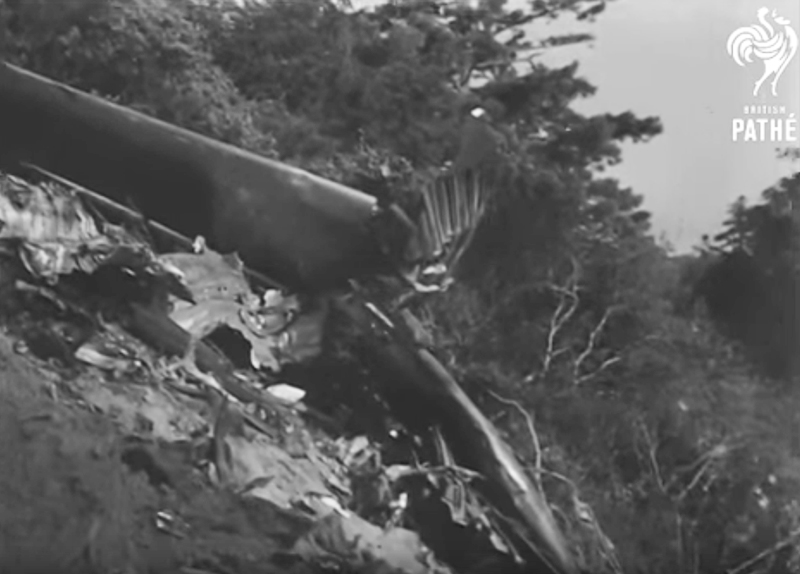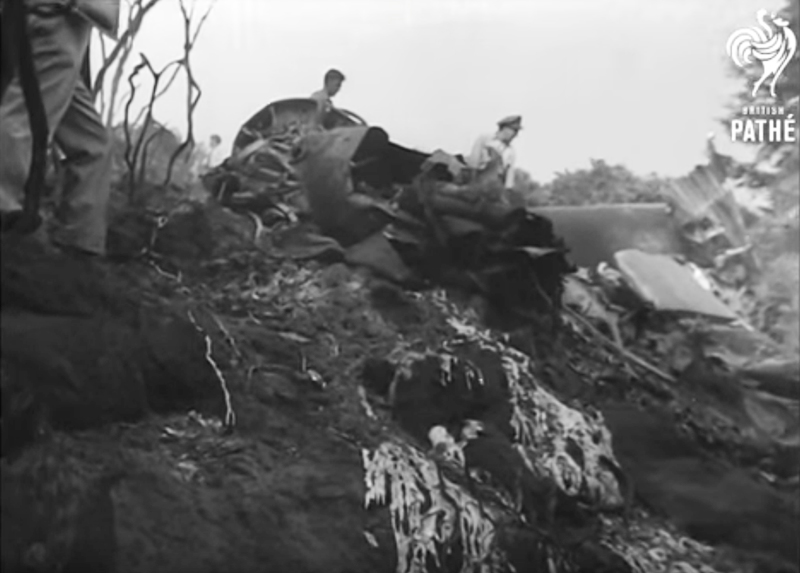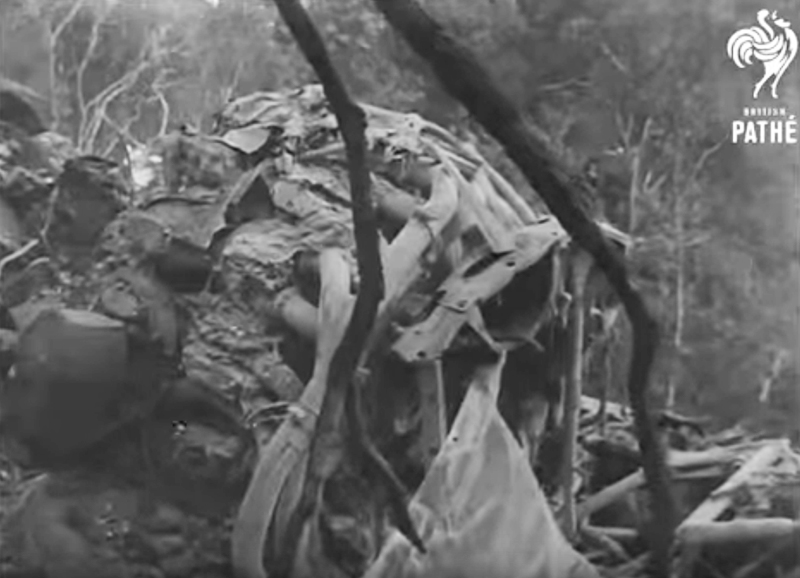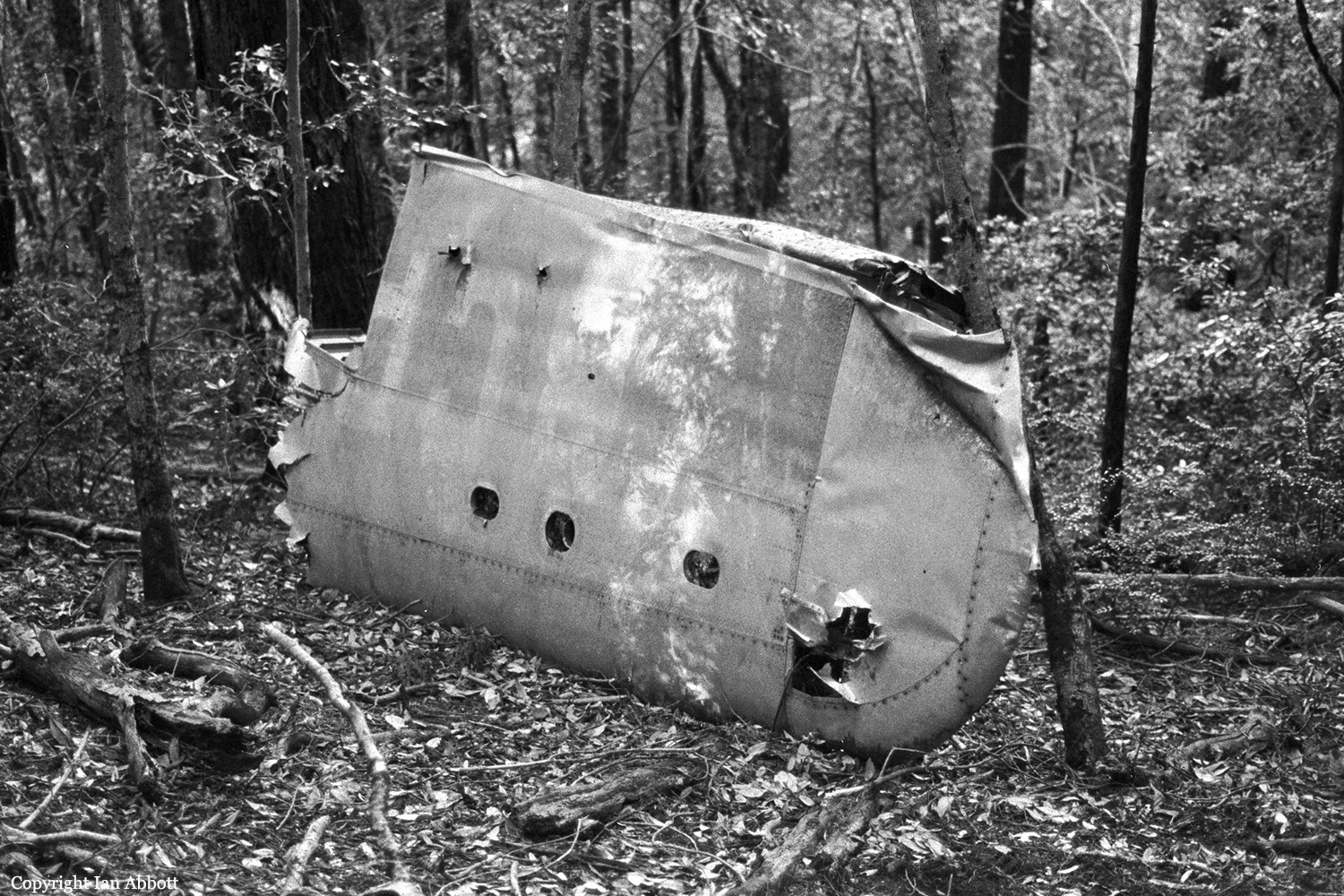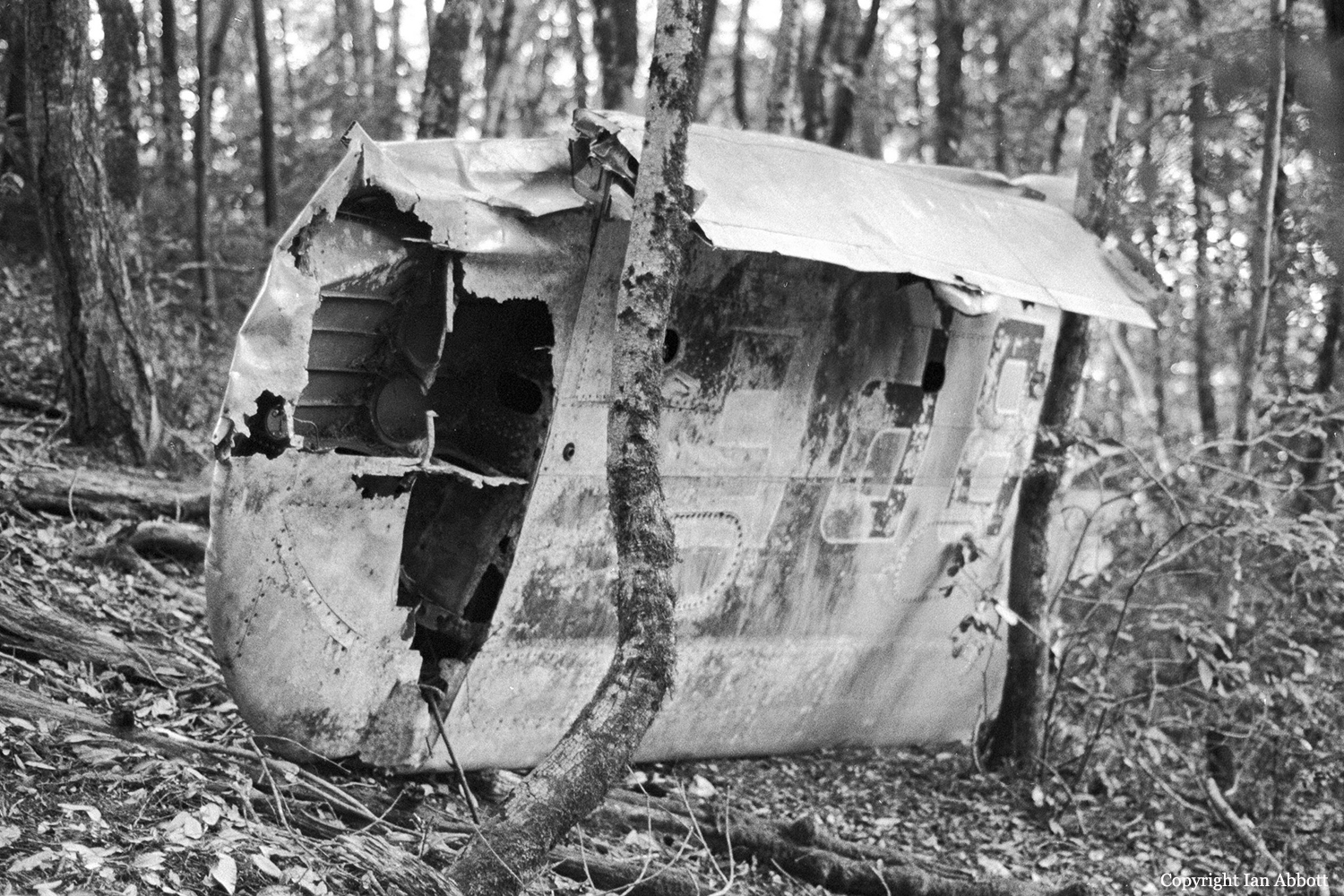Crash of a Douglas R6D-1 on Mt Waianae: 66 killed
Date & Time:
Mar 22, 1955 at 0203 LT
Registration:
131612
Survivors:
No
Schedule:
Tokyo – Hickam – Travis
MSN:
43715
YOM:
1953
Crew on board:
6
Crew fatalities:
Pax on board:
60
Pax fatalities:
Other fatalities:
Total fatalities:
66
Circumstances:
The four engine aircraft was completing a personnel transfer flight from Tokyo to Travis AFB, California, with an intermediate stop at Hickam AFB, Honolulu. Few minutes after his departure from Hickam Field, the pilot informed ground he encountered technical issues with the high frequency transmission system and elected to return for a safe landing. Approaching by night from the northwest, the aircraft hit the slope of Mt Waianae located about 18 miles from the airfield. The aircraft disintegrated on impact and all 66 occupants were killed.
Crew:
Lt Cdr Harold M. Oleary, pilot,
Lt Cdr Mark M. Teague, copilot,
Lt Lee A. Thoroux, navigator,
Ad1 Charles L. Osborne,
At3 Charles M. Preston,
An James B. Quinn Jr.
Passengers:
US Air Force Personnel:
T/Sgt Albert E. Dawsey
T/Sgt John T. Powell,
T/Sgt Roland B. Wilhelm,
S/Sgt Samuel J. Alvarado,
S/Sgt William F. Britt,
S/Sgt Carlyle J. Hummel,
S/Sgt Eugene L. Lofton,
S/Sgt Thaddeus F. Shyda,
A1c Willie G. Harrell,
A1c Milton O. Matthews,
A1c Aubrey G. Morgan,
A1c Earl G. Sisson,
A1c Alvin Alxander,
A2c John D. Anthony,
A2c David L. Boyle,
A2c Stanley B. Horton,
A3c Daniel K. Eaton.
US Army:
Cpl Donald B. Anderson,
Pfc Paul B. Bayer,
Cpl Dean C. Bullen,
Pvt Robert E. Delhager,
Sgt Raymond L. Smith,
Sgt Robert L. Thompson,
Sgt Rexie L. Dewesse,
Sgt Larry P. Dieuolo,
Pfc Robert G. Duncan,
Cpl Edward J. Halvey Jr.,
Cpl William B. Hendon,
Pfc Robert E. Hill,
Cpl Kenneth G. Hoffman,
Cpl David A. Horne,
Pvt Charles J. Combs,
Sgt Warren R. Huler,
Pfc John R. Irwin Jr.,
Pvt Charles M. Johnson,
Pfc Bernard J. Kuras,
Pvt Louis F. Montanez,
Pvt John R. Panetti,
Sgt James L. White.
US Marine Corps:
M/Sgt Frederick L. Williamson,
M/Sgt Eugene E. Bennett,
Cpl Richard C. Harrison,
Lt Col C. G. Edwards,
M/Sgt Gordon B. Murray,
S/Sgt Morgan L. Ogden,
Cpl Walter W. Chase,
Cpl Dale L. Lake,
Cpl Michael J. Meszaros,
Cpl Almeron Freeman,
Cpl Cecil A. Brittain,
Cpl Richard R. Brooks.
US Navy:
An Charles Wayne Enloe,
Na William Richard Rimer,
Sa Gerald Joseph Robichaux,
Ae3 Alfred Dewey Schroeder,
Charles Edward Sheehan,
Te1 Nathan Webb,
Mrs. Rita Laverne Webb and her daughter,
Gerald Dean White.
Crew:
Lt Cdr Harold M. Oleary, pilot,
Lt Cdr Mark M. Teague, copilot,
Lt Lee A. Thoroux, navigator,
Ad1 Charles L. Osborne,
At3 Charles M. Preston,
An James B. Quinn Jr.
Passengers:
US Air Force Personnel:
T/Sgt Albert E. Dawsey
T/Sgt John T. Powell,
T/Sgt Roland B. Wilhelm,
S/Sgt Samuel J. Alvarado,
S/Sgt William F. Britt,
S/Sgt Carlyle J. Hummel,
S/Sgt Eugene L. Lofton,
S/Sgt Thaddeus F. Shyda,
A1c Willie G. Harrell,
A1c Milton O. Matthews,
A1c Aubrey G. Morgan,
A1c Earl G. Sisson,
A1c Alvin Alxander,
A2c John D. Anthony,
A2c David L. Boyle,
A2c Stanley B. Horton,
A3c Daniel K. Eaton.
US Army:
Cpl Donald B. Anderson,
Pfc Paul B. Bayer,
Cpl Dean C. Bullen,
Pvt Robert E. Delhager,
Sgt Raymond L. Smith,
Sgt Robert L. Thompson,
Sgt Rexie L. Dewesse,
Sgt Larry P. Dieuolo,
Pfc Robert G. Duncan,
Cpl Edward J. Halvey Jr.,
Cpl William B. Hendon,
Pfc Robert E. Hill,
Cpl Kenneth G. Hoffman,
Cpl David A. Horne,
Pvt Charles J. Combs,
Sgt Warren R. Huler,
Pfc John R. Irwin Jr.,
Pvt Charles M. Johnson,
Pfc Bernard J. Kuras,
Pvt Louis F. Montanez,
Pvt John R. Panetti,
Sgt James L. White.
US Marine Corps:
M/Sgt Frederick L. Williamson,
M/Sgt Eugene E. Bennett,
Cpl Richard C. Harrison,
Lt Col C. G. Edwards,
M/Sgt Gordon B. Murray,
S/Sgt Morgan L. Ogden,
Cpl Walter W. Chase,
Cpl Dale L. Lake,
Cpl Michael J. Meszaros,
Cpl Almeron Freeman,
Cpl Cecil A. Brittain,
Cpl Richard R. Brooks.
US Navy:
An Charles Wayne Enloe,
Na William Richard Rimer,
Sa Gerald Joseph Robichaux,
Ae3 Alfred Dewey Schroeder,
Charles Edward Sheehan,
Te1 Nathan Webb,
Mrs. Rita Laverne Webb and her daughter,
Gerald Dean White.
Probable cause:
It was determined that the aircraft was off course about 8 miles at the time of the accident, apparently due to a navigation error on part of the flying crew who failed to adhere to the approach procedures. Low visibility caused by night, clouds and rain falls was considered as a contributing factor.



